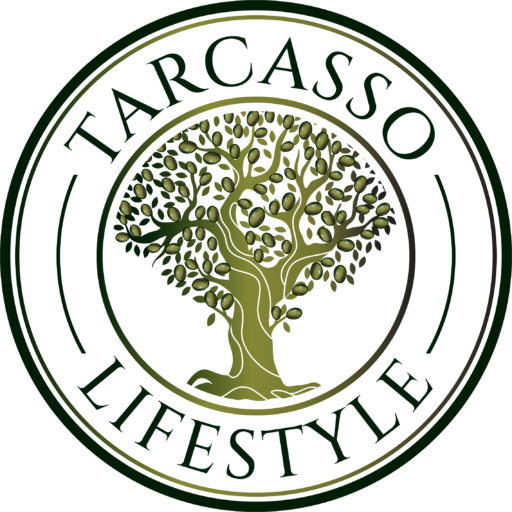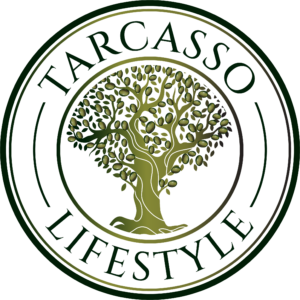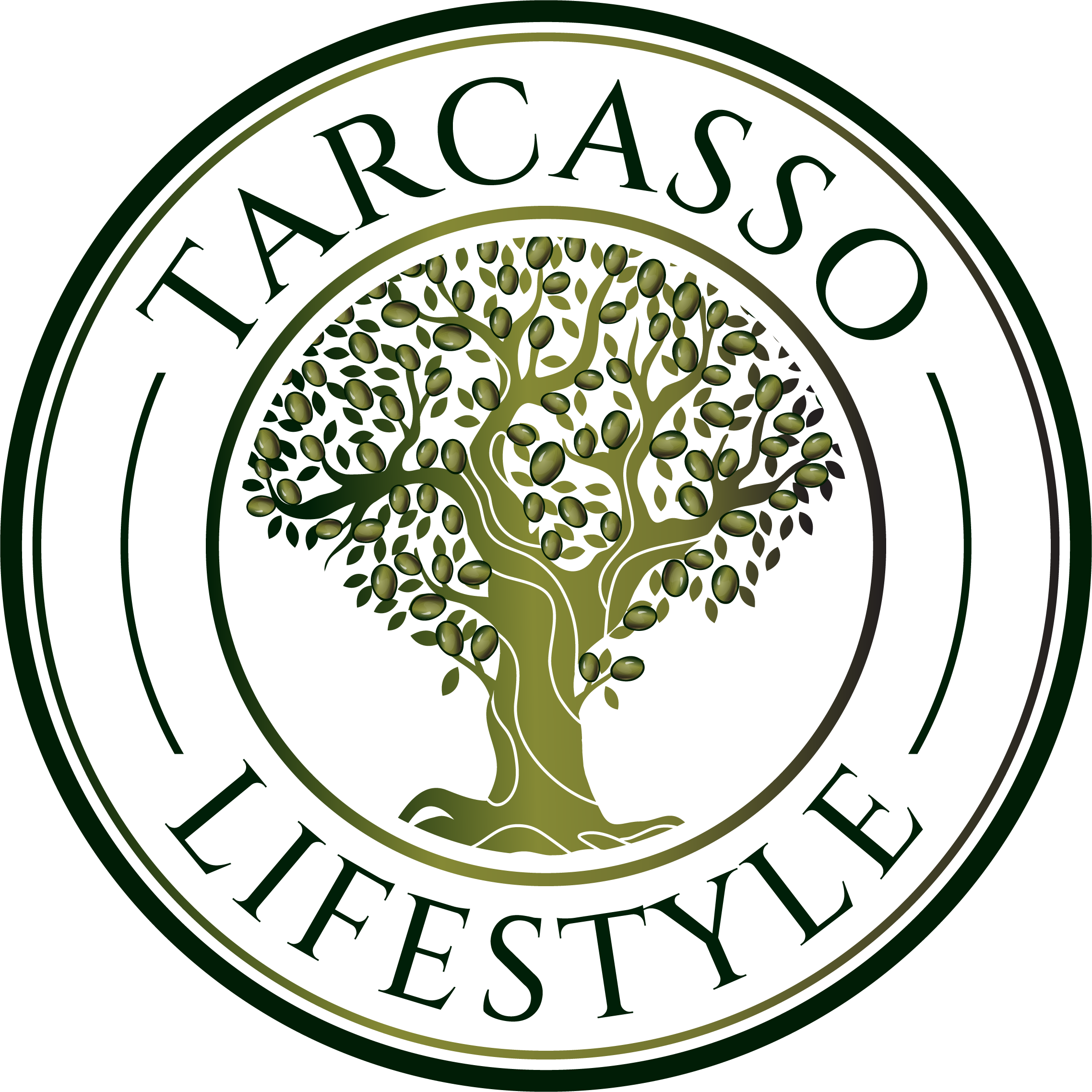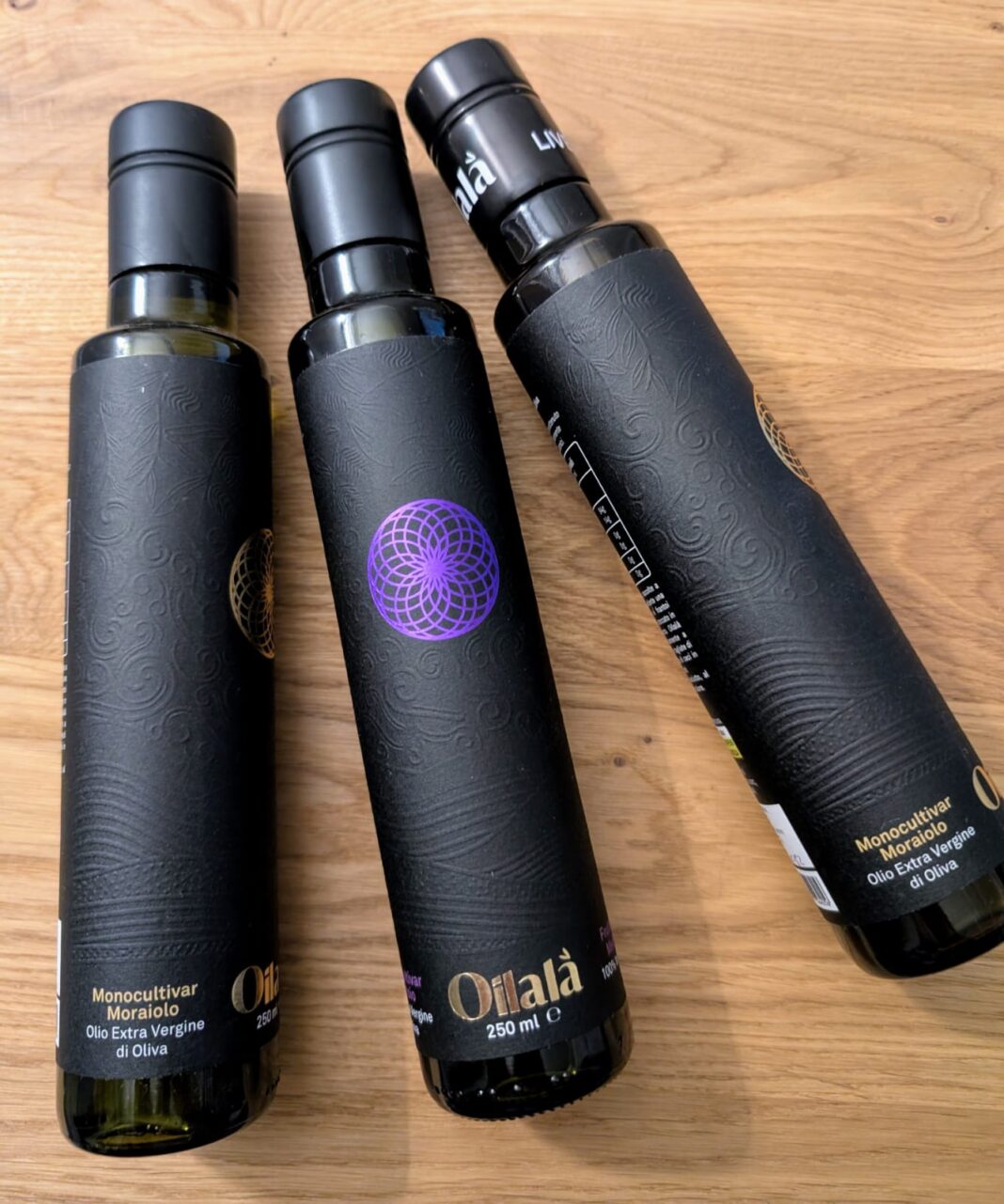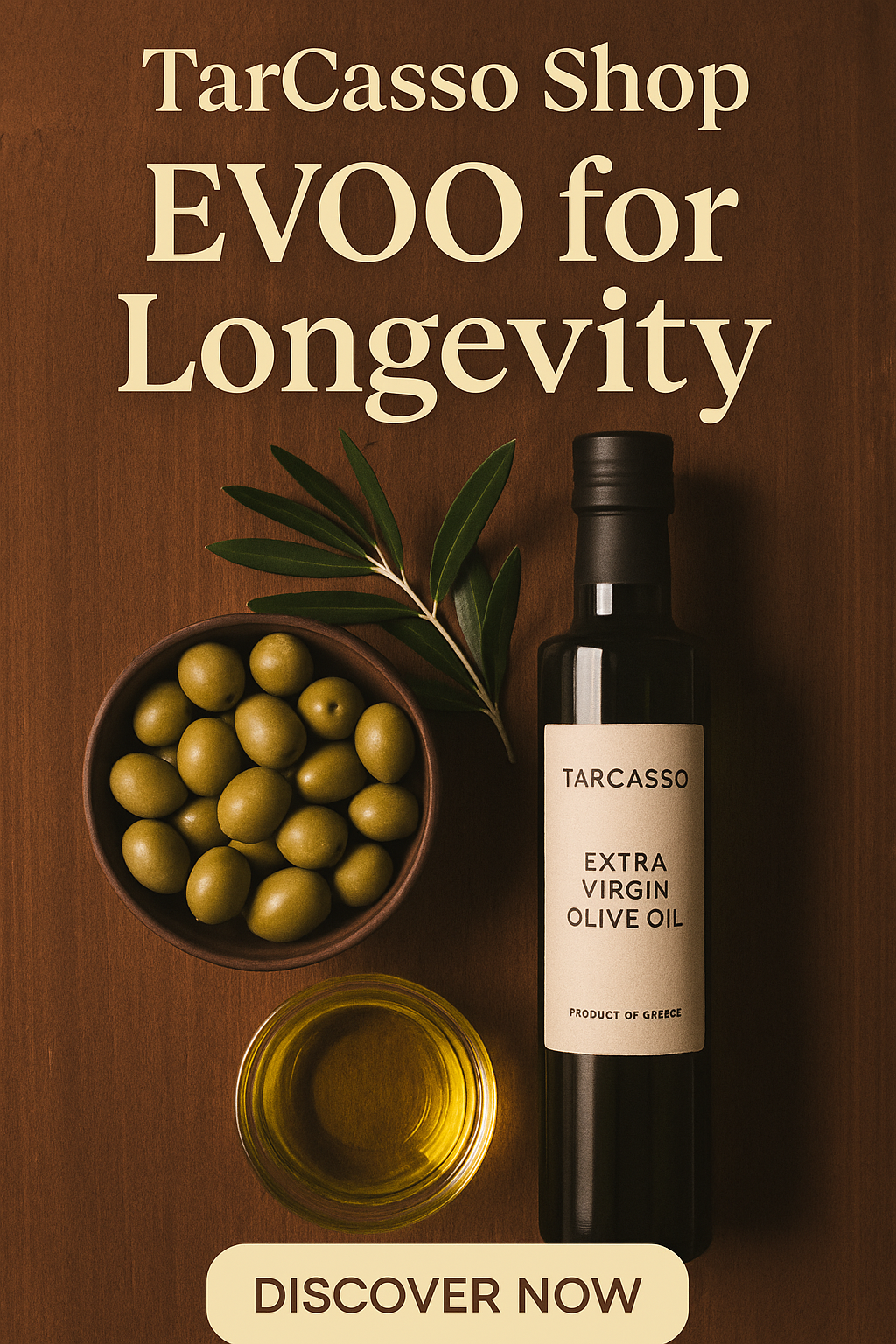In the world of olive oils, EVOO Monocultivar stands out as a rare and exceptional product. Unlike traditional extra virgin olive oils that blend different olive varieties, monocultivar oils are crafted from a single olive cultivar, resulting in a pure expression of that variety’s unique characteristics.
What Makes Monocultivar EVOO Special?
Monocultivar EVOOs offer a distinct flavor profile and aroma that directly reflect the olive variety used. This purity allows connoisseurs to experience the true essence of specific olive cultivars, much like single-origin coffees or single-malt whiskies. These oils often boast higher levels of antioxidants and polyphenols, contributing to their superior health benefits and intense flavors.
Rarity and Production
The production of monocultivar EVOOs is relatively rare, accounting for only a small percentage of Italy’s total olive oil production. This scarcity is due to several factors:
- Limited olive varieties suitable for single-varietal production
- Challenges in maintaining consistent quality with a single olive type
- The expertise required to extract the best qualities from each variety
Notable Monocultivar Brands
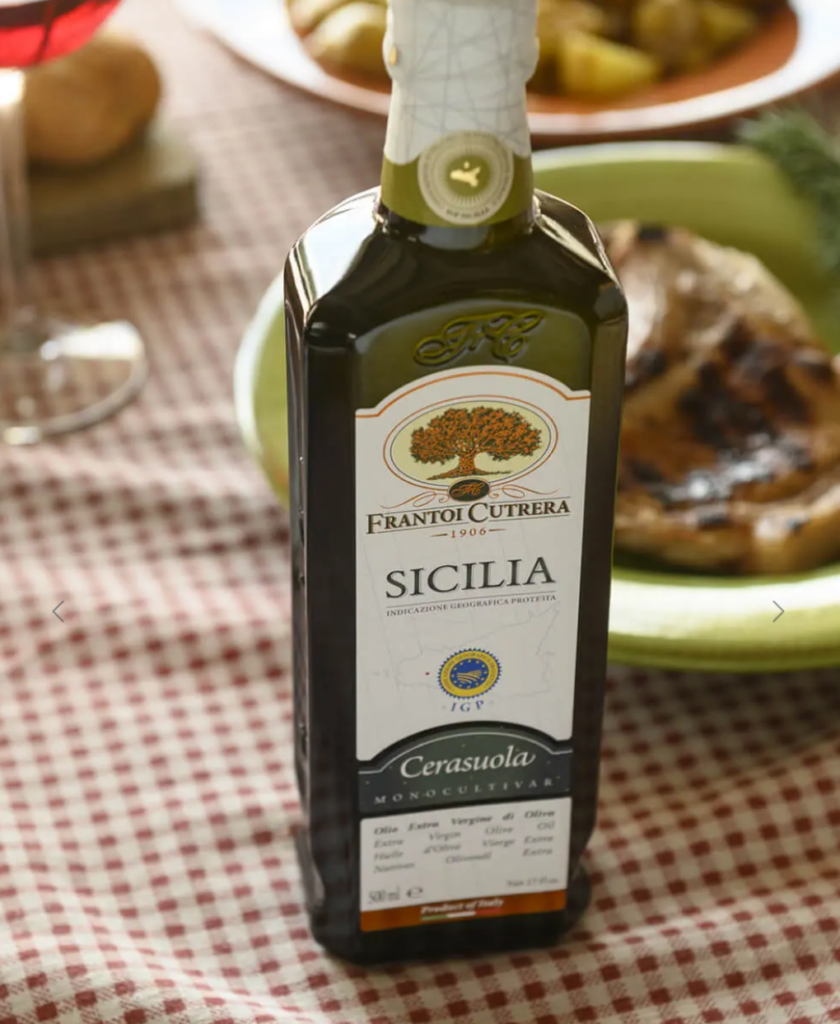
Several producers have gained recognition for their exceptional monocultivar EVOOs:
- Agricola Locci: Offers Monocultivar Moraiolo and San Felice varieties
- Frantoio Cutrera: Produces Monocultivar Moresca IGP from centuries-old Moresca olive groves in Sicily
- Cantina dei Colli Ripani: Creates Terra Monocultivar BIO, an organic Ascolana Tenera monocultivar EVOO
Price Structure
Monocultivar EVOOs typically command premium prices due to their rarity and quality. Prices can range from €25 to €30 per bottle for high-quality monocultivar oils. The pricing reflects the specialized production process, limited availability, and the unique characteristics of each variety.
Traditional EVOO Production
Most extra virgin olive oils on the market are blends of different olive varieties. This blending process allows producers to create consistent flavor profiles and balance out the characteristics of various olives4. The production process for both blended and monocultivar EVOOs involves several key steps:
- Harvesting olives at optimal ripeness
- Cleaning and washing the olives
- Crushing the olives to create a paste
- Malaxing (mixing) the paste to facilitate oil separation
- Extracting the oil through centrifugation or pressing
- Separating the oil from water and solids
- Storing and bottling the final product
Read More on Monocultivar
For readers interested in delving deeper into the world of monocultivar extra virgin olive oil (EVOO), here are some recommended sources for further information:
- Olio Angimbe’s article “What does Monocultivar Oil mean?” offers an in-depth explanation of monocultivar oils, their characteristics, and the reasons for producing them (3).
- Mezzogiorno’s “The Monocultivar” provides a concise comparison between monocultivar and blended EVOOs, helping readers understand the unique qualities of single-variety oils (4).
- Agricola Conforti’s piece on “Extra Virgin Olive Oil: Monocultivar or Blend? Differences” explores the advantages and disadvantages of monocultivar oils, as well as offering practical advice for choosing high-quality EVOOs (5).
- For those interested in the production process, Olio Poldo’s “Our production process” page details the steps involved in creating both blended and monocultivar oils (1).
- Frantoio Cutrera’s product page for their Monocultivar Moresca IGP oil provides an example of a premium monocultivar EVOO, showcasing the unique characteristics of a specific olive variety (8).
These sources offer a comprehensive overview of monocultivar EVOOs, from their production to their distinct qualities, helping readers appreciate the nuances of these exceptional olive oils.
